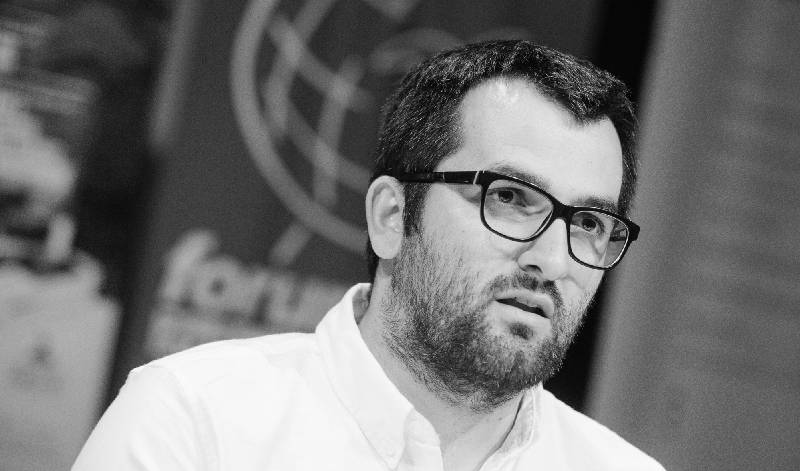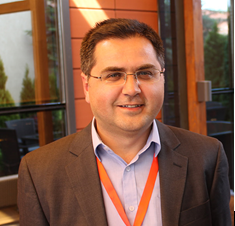This article aims to bring to the spotlight the approach of textbooks for elementary and secondary schools in both Kosovo and Serbia, as approved by the respective ministries of education, on the developments in Kosovo along the timeframe of almost one century (1912-2000). The purpose is to compare descriptions provided in these historiography writings, to unfold the similarities and differences. This article deals with some of the most important periods in the historiography of Kosovo of the latest century highlighting the discrepancies between said historiography writings, as well as the respective falsifications from each side.
Indirectly, this article seeks to unveil the types of neighbourly relations that the Governments of these countries are suggesting via these books to the generations being educated. The article claims to unfold, in as clear and factual way as possible, the basis of such claims – often contradictory – between two peoples clashing in Kosovo.
Clear and numerous differences are noted in the textbook historiography of Serbia and that of Kosovo with regards to the developments in the territory of Kosovo throughout the timeframe of almost one century (1912-2000). These differences can be grouped as follows:
Ownership over the territory
The penetration of the Serbian army in the territory of Kosovo at the end of 1912 is presented in opposing ways in the textbooks of Serbia and those of Kosovo, as both parties claim ownership over the territory of Kosovo. The manner in which the liberation, namely the occupation of Kosovo is presented, not only in 1912, but also in 1918 and 1945, is permeated by offensive nationalism in the textbooks of Serbia, and defensive nationalism in the textbooks of Kosovo. In the textbooks of Serbia, this penetration of the Serbian army is represented as the liberation of the cradle of statehood of Serbia; whereas the penetration towards the Adriatic Sea as the fulfilment of the of the goals of war. The textbooks of Kosovo present the entering of Serbian troops as occupation, which is said to have happened as a result of the difficult position of Albanians.
Crimes committed by the other side
The most important segment in the history of Kosovo within the timeframe of 1912-2000 are the crimes committed by the Serbian side, organized in regular army and police forces, against the Albanians; and the crimes of the Albanian side, unorganized, individual, as vindictive acts, against the Serbs. The textbooks of both sides present only the crimes of the other side, presenting oneself as the victim and the other as the aggressor.
The textbooks of Kosovo present only the crimes of the Serbian side against Albanians in 1912, 1918-1919, and then during the period between the two World Wars, in 1945 and after WW2, and during the war in 1998-1999. These textbooks qualify such crimes as: “terrorist and bloodthirsty actions”; “chauvinistic violence and terror”; “state terror and genocide” or “horrible scenes of the barbarity of bloodthirsty troops”. These textbooks rarely offer data to quantify the crimes of the Serbian side, and even when they do, they appear to be exaggerated.
The textbooks of Serbia present only the crimes of the Albanian side against the Serbs in 1915, 1941-1943, 1999-2000 qualifying them as: “attacks from the local Albanian bands”, “the terror of Albanians against Serbs” or “looting and confrontation between the terrorist Albanian groups with the forces of order”. These textbooks mainly provide no data on such crimes.
Silent collaboration
While the penetration of the Serbian army in Kosovo and the crimes of both sides are presented in differing ways, none of the textbooks of both countries presents the meetings, agreements, and collaboration between the political and military representatives of Albanians and Serbs. These textbooks make no mention of:
- the collaboration of some key Albanian insurgent leaders (1912) with the Serb representatives in Prishtina, even obtaining weapons from the latter to fight against the Ottoman Empire;
- The meeting between the leader of the kaçak movement of Albanians remaining under Yugoslavia (after World War 1) with the local Serb authorities to continue living in peace, on condition that he moved only within three villages; and later his meeting with senior Serb officials on which occasion he asked that Kosovo has the right to self-governing;
- The collaboration between the Association for the Right to Protect Islam (after World War 1), which represented Albanians in the Serb parliament, with the two main Serb political parties in Yugoslavia, the democrats and radicals, to the extent that at times it would share the same election list with these political parties;
- The close collaboration between Albanian communists in Kosovo (during and after the World War 2) with the Serbo-Yugoslav communists; or their participation and applause at the assembly where it was decided that Kosovo would be part of the federal Serbia;
- The agreement between the leader of the peaceful resistance of the Kosovo Albanians (1996) with the Serb president to release school and university premises for the Albanians in Kosovo; later their meeting to find a peaceful solution for Kosovo (1998).
Therefore, the claim for ownership over the territory of Kosovo; the presentation of the crimes only of the other side presenting the self as the victim as opposed to the other aggressor; and keeping silent on the collaboration, meetings and agreements between Albanians and Serbs, indicate that these sides are not cultivating for the new generations the spirit of reconciliation. To achieve reconciliation between the two peoples, we need to keep in mind three things suggested by the French philosopher Paul Ricoeur when he speaks about the ways of bringing closer different people: knowing the cultures of each-other, critical reassessment of the history of each-other, and forgiving the sins of each-other.
Therefore, we need a critical reassessment of the history of Albanian-Serb relations, especially in the previous century, more specifically of the most grievous segment of these relations within the timeframe 1878-1999, which are: the crimes of the Serbian side against Albanians committed by the regular Serb army and police; and the crimes of the Albanian side against the Serbs, unorganized, individual, vindictive acts, and consequently, even statistically tenfold fewer.
Shkëlzen Gashi studied Political Sciences at the University of Prishtina, and Democracy and Human Rights on the joint study programme of the Universities of Bologna and Sarajevo for his master’s degree. He is the author of numerous publications (books and articles). In 2010, he published the unauthorized biography of Adem Demaçi (available in English). Demaçi has spent 28 years in Yugoslav prisons. Recently, he has published numerous articles about the presentation of the history of Kosovo in the history textbooks in Kosovo, Albania, Serbia, Montenegro, and North Macedonia. He is currently writing a biography on Ibrahim Rugova, the leader of the Albanians in Kosovo from 1989–2006.




